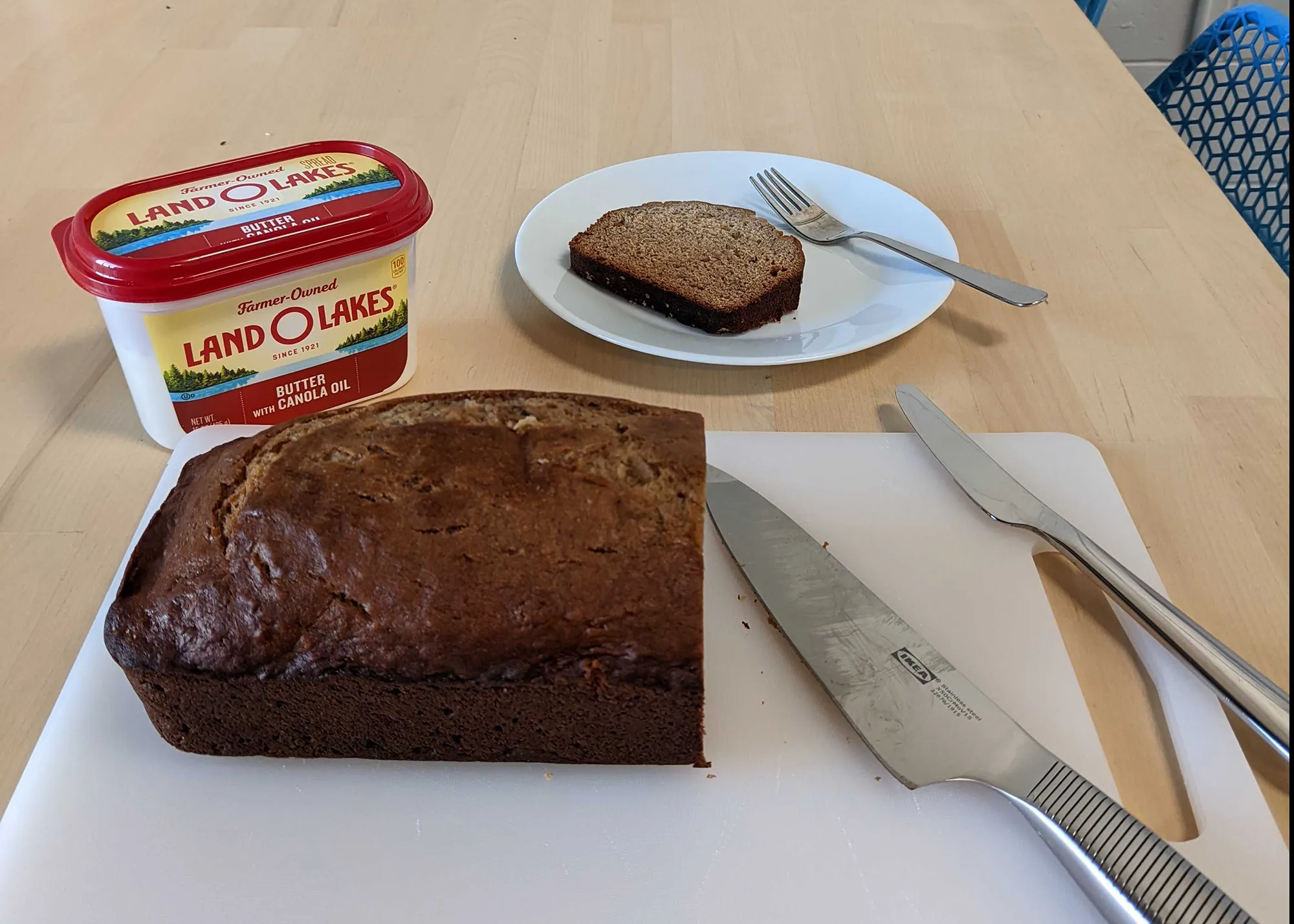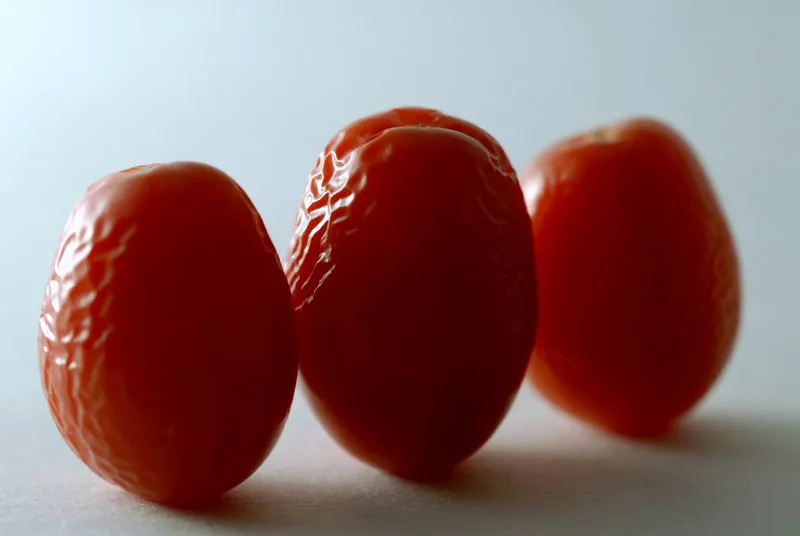What do you do when you notice food in your fridge is about to go bad? Sometimes even the best planning ahead can’t avoid those last minute realizations. Your CSA box has a little more lettuce than you can handle this week, your eyes were bigger than your stomach with that bunch of bananas, or you just plain forgot about the extra gallon of milk you bought. Luckily, there are plenty of tasty recipes to help you use up some of the most commonly wasted foods.
But can I still eat it?
People are often too quick to toss food just because of its appearance, or because they’ve misunderstood sell by and best by dates. According to Consumer Reports: “foodborne illness comes from contamination, not from the natural process of decay.” What’s most important is storing your food properly to prevent the growth of food illness-causing bacteria, like listeria. So don’t let your food sit out for more than 2 hours and try not to let fear motivate you when it comes to deciding whether or not to toss your food. Instead, make decisions based on food safety best practices specific to the food at hand.
Vegetables
Fresh vegetables all too often get tossed due to their appearance. Many change color and shape as they age, and may undergo shifts in flavor and texture. While these vegetables might no longer be at their peak freshness, they’re often still safe to eat. But if that vegetable is moldy, rotten, slimy, or paler than when you bought it, it’s probably no longer safe to eat it. Toss it in your compost.
But if your veggies and fruit are just past their prime you can definitely eat them up, especially with a little creative cooking. Sprouting onions, carrots, garlic, potatoes are letting you know that they’ll soon be going bad. You can chop and roast them, boil and mash them, or put them into a stew. If your tomatoes are starting to wrinkle - never fear they’re still good to eat! But if the texture turns you off, try blistering them, tossing them into a soup, or making a quick and easy pasta. Perk up your wilted lettuce with hot water. Other greens can be sauteed, put into quiche, or made into dip.

Banana bread is a great way to eat up brown bananas
Fruit
When really brown bananas may not be pleasant to eat fresh but they are such a wonderful and versatile component of lots of tasty baked goods. Bake up some classic banana bread, chocolate banana bread, chocolate cake, or try out this snacking cake with a caramel glaze. Banana pancakes are a favorite at our house, made with almond flour for an extra punch of nutrition. If I am really in a pinch I’ll toss bananas whole into my freezer. They’ll be pretty slimy when thawed but perfectly good for use in baked goods. Pretty much any fruit can be tossed into a smoothie, or you can cook it into pie or freezer jam. Apples, another commonly-wasted fruit, can be baked or made into a quick and easy microwave crisp.
Eggs and dairy
Eggs generally come with a sell by date - which is not a food safety indication. Don’t get overzealous with tossing them. You’ll know when an egg has gone bad - it may have a compromised shell, a really bad odor, or discoloration. According to the USDA, eggs can be eaten up within 3-5 weeks of when you put them in your refrigerator. If you need to eat up those eggs consider making an enormous egg bake or quiche and freezing the pieces. You can boil eggs and keep them for up to a week in the fridge.
If you’ve got an abundance of milk, make up some yogurt in your pressure cooker or shake up some ice cream. You can also use it for milkshakes or smoothies! If your milk is already sour, use it for baking, much like you would buttermilk, or make it into ricotta cheese. Speaking of buttermilk, this tasty treat is often sold in larger quantities than needed for your recipe. Use your leftovers to brine a chicken, or whip up your favorite pancakes or biscuits and pop them in the freezer. While pancakes are great frozen after cooking, scones and biscuits are best frozen before baking. Form them into their shape, and then pop them into the freezer. You can bake from frozen at a slightly higher temperature and they'll be much fresher.

Don’t be afraid of wrinkly tomatoes! They are still perfectly good to eat.
Photo by Kate Eburg used under CC BY-NC-ND 2.0</span>
General tips & tricks
One of our teammates at Sustainable America likes to make leftovers fun for her family. She says “I love to do a big snack board for lunch. Take out all the different fruits, veggies, cheeses, lunch meats, and just let my family graze. It's amazing how much gets eaten when it's out and readily available!”
Other teammates swear by some cool applications - My Fridge Food and Supercook - that let you highlight what is in your fridge. Select the food items that need to be eaten up and it will automatically generate recipes for you.
And don’t forget, your freezer is your friend when it comes to extending the life of your food! While some things don’t hold up as well as others in the freezer, it’s an especially good way to save bread, meats, and leftovers.
Additional Recources
Tips for storing food in the refrigerator
Freezer labels
“Eat me first” stickers
